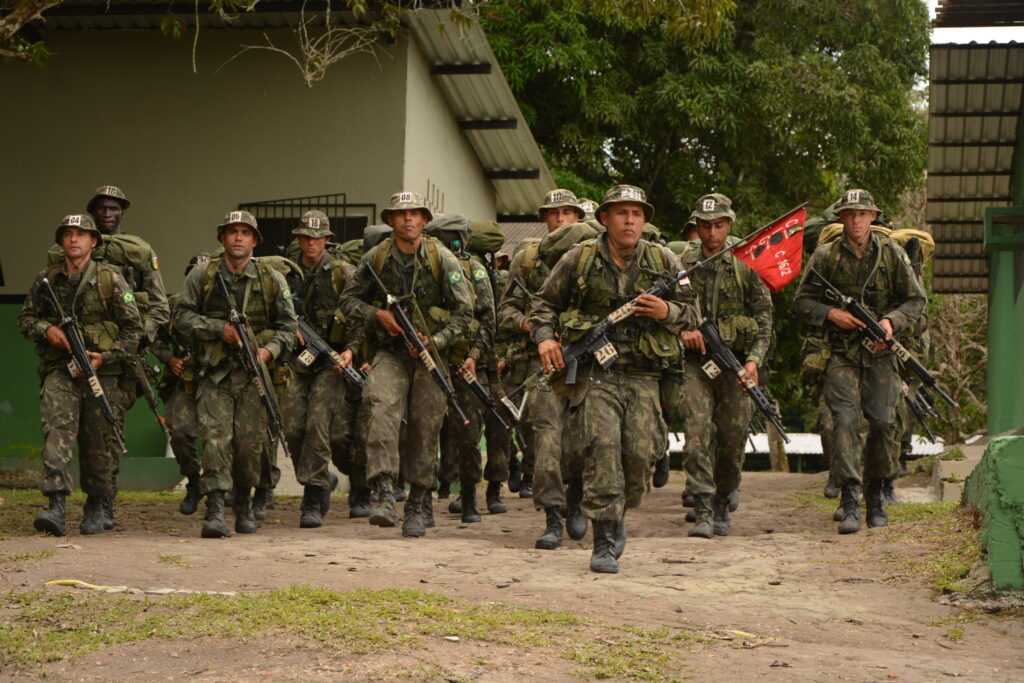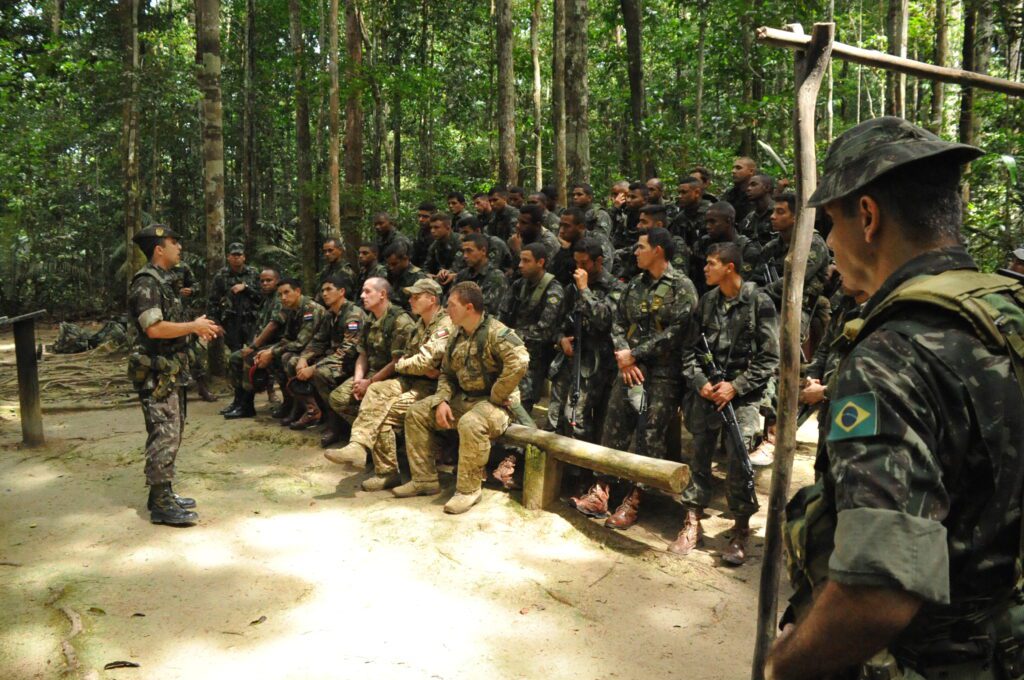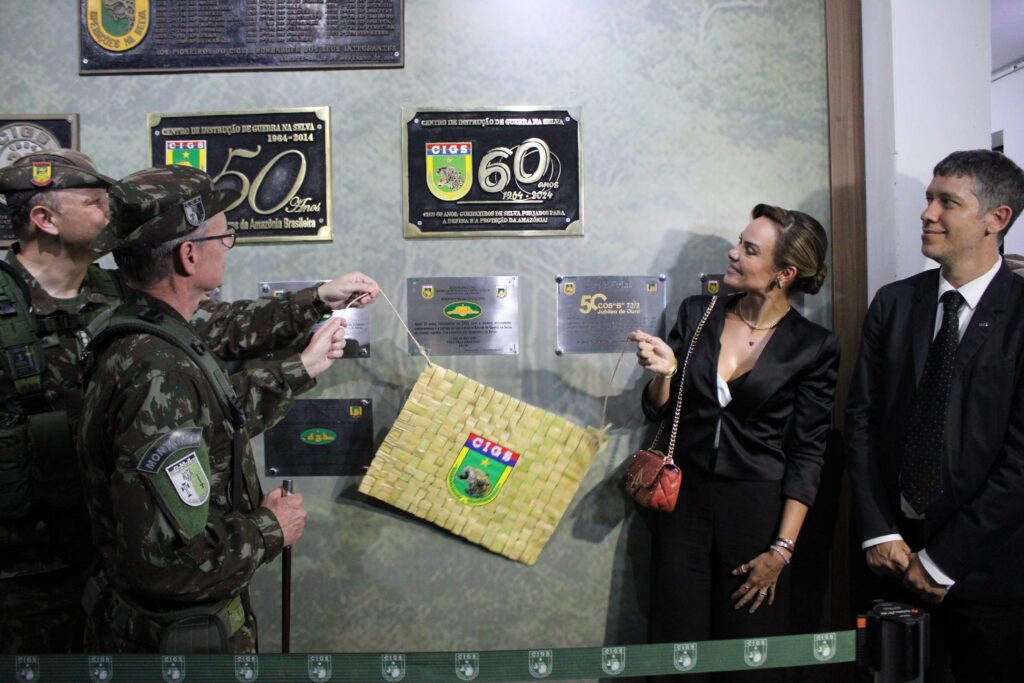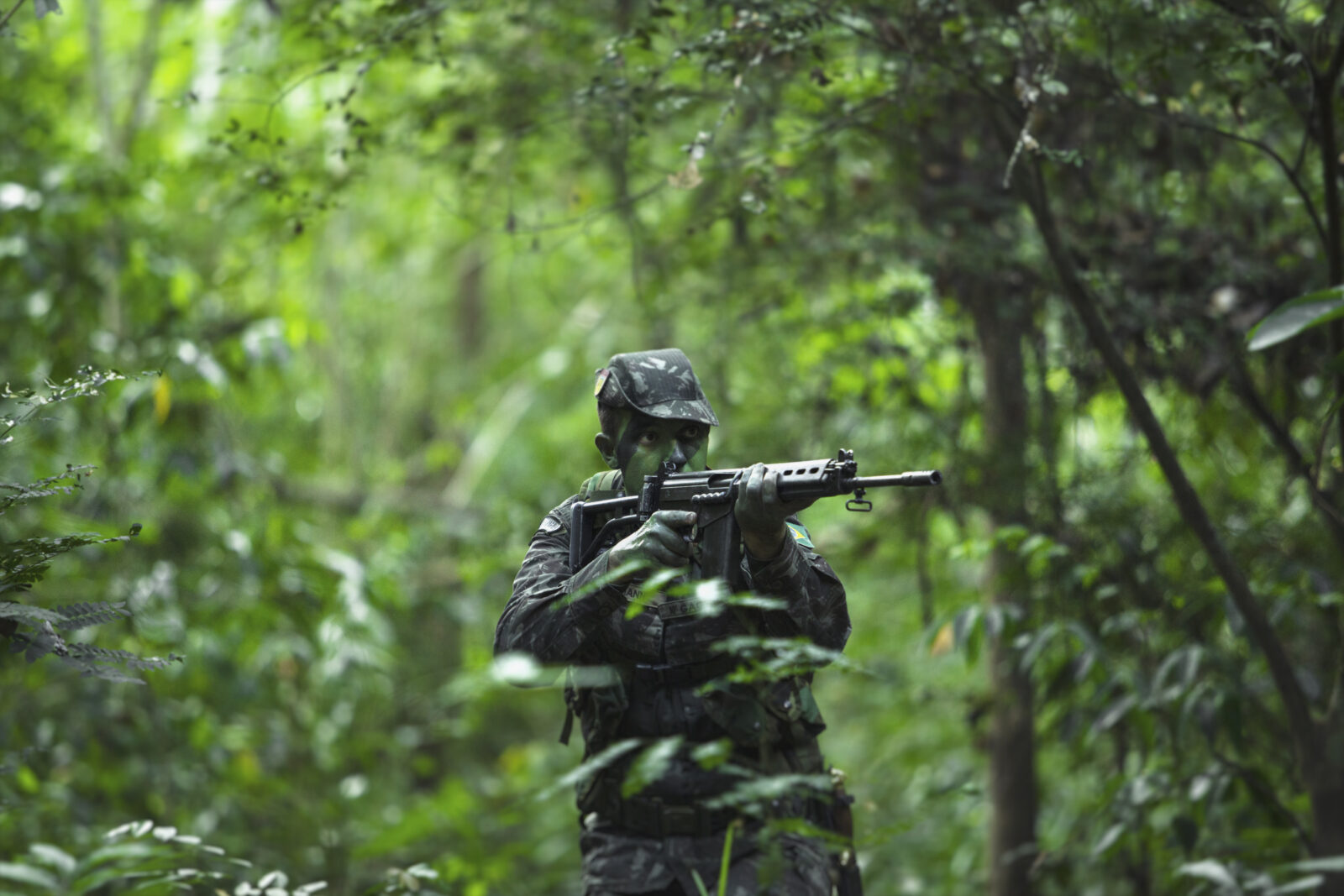Brasília (DF) – The Jungle Warfare Instruction Center (CIGS) has celebrated 60 years dedicated to training men and women who defend our Amazon and our sovereignty. The date was celebrated on March 1, at a ceremony presided over by the Military Commander of the Amazon, Army General Ricardo Augusto Ferreira Costa Neves.
The story began in 1964, under the command of Colonel Jorge Teixeira de Oliveira. Over its six decades of existence, CIGS has trained 7,232 Jungle Warriors.
The Jungle Operations Course takes place in three phases: Jungle Life, Special Techniques and Operations. “The aim is to deliver, at the end of the course, both to society and to the Area Military Commands, well-trained human resources for the defense and protection of the Amazon,” explains the Head of the CIGS Teaching Division, Lieutenant Colonel Thales Alexandre Gomes Santiago.
In his speech, the Center’s Commander, Colonel Glauco Corbari Corrêa, stressed that, after 60 years, CIGS continues to be a unit of excellence, preparing military personnel to face the unique challenges of the Brazilian jungle and honoring its history of dedicated service to the nation, but that this success has only been possible thanks to all the military personnel, civilians and institutions that have helped build the name of the educational establishment.
Army General Costa Neves highlighted the importance of CIGS for the Amazon Military Command, for the Army and for Brazil, as it is the great hub for the skills needed by the military personnel who will preserve, protect and defend the Amazon. He also emphasized how proud everyone should be to have the best Jungle Warfare School in the world on Brazilian territory.



Integration with society
In addition to training qualified human resources, the Jungle Warfare Training Center also plays an important social role. One of these is through the care of young people with disabilities, students from APAE Manaus, who are part of the João do Pulo project.
The CIGS Zoo is also important for the preservation of Amazonian biodiversity. “It’s a welcoming zoo, which takes in animals with problems in order to survive or to return to the wild. The zoo also uses environmental education to preserve biodiversity,” explains the Head of the Veterinary Section, Lieutenant Colonel Simone Falcão.

*** Translated by DEFCONPress FYI Team ***
